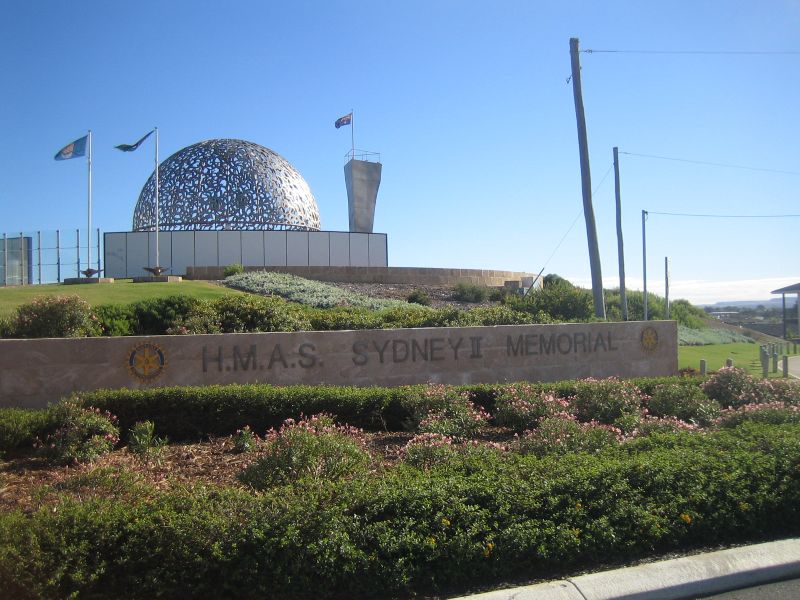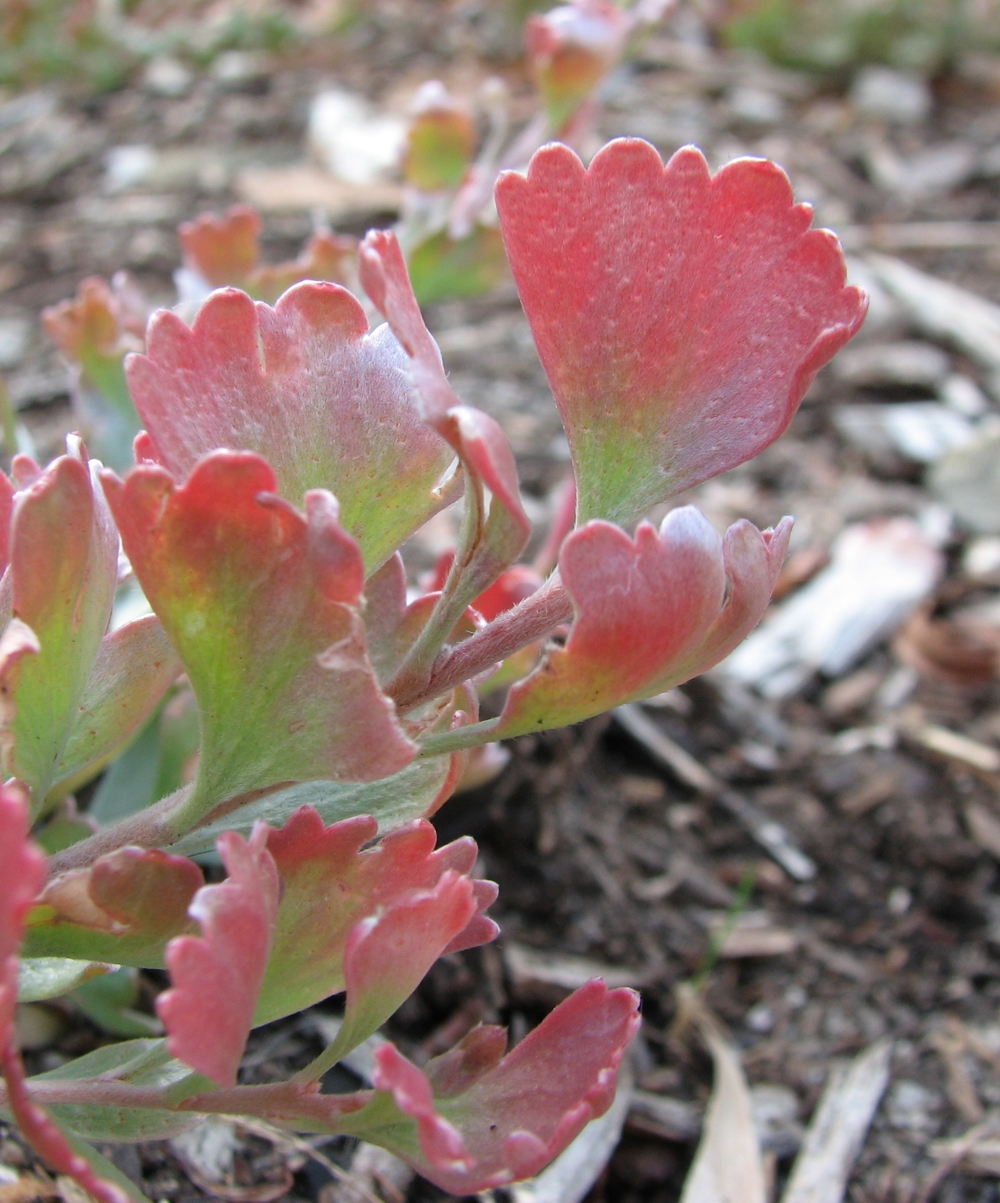|
Daviesia Ramosissima
''Daviesia ramosissima'' is a species of flowering plant in the family Fabaceae and is endemic to the south-west of Western Australia. It is a shrub with many branchlets, scattered, needle-like, sharply pointed phyllodes and orange-yellow and red flowers. Description ''Daviesia ramosissima'' is a glabrous shrub that typically grows to a height of up to and has many tangled branchlets. Its phyllodes are scattered, needle-like, long and about wide and sharply pointed. The flowers are arranged in leaf axils in a group of two to eight flowers on a striated peduncle long, the rachis long, each flower on a pedicel long with many bracts up to long. The sepals are long and joined at the base, the upper two lobes joined for most of their length, the lower three about long. The standard petal is broadly egg-shaped with a notched tip, long, wide, and orange-yellow with a red base. The wings are long and red, the keel about long. Flowering occurs from July to September and the ... [...More Info...] [...Related Items...] OR: [Wikipedia] [Google] [Baidu] |
Australian Systematic Botany
''Australian Systematic Botany'' is an international peer-reviewed scientific journal published by CSIRO Publishing. It is devoted to publishing original research, and sometimes review articles, on topics related to systematic botany, such as biogeography, taxonomy and evolution. The journal is broad in scope, covering all plant, algal and fungal groups, including fossils. First published in 1978 as ''Brunonia'', the journal adopted its current name in 1988. The current editor-in-chief is Daniel Murphy ( Royal Botanic Gardens Melbourne). Abstracting and indexing The journal is abstracted and indexed in BIOSIS, CAB Abstracts, Current Contents (Agriculture, Biology & Environmental Sciences), Elsevier BIOBASE, Kew Index, Science Citation Index and Scopus. Impact factor According to the ''Journal Citation Reports'', the journal has a 2015 impact factor The impact factor (IF) or journal impact factor (JIF) of an academic journal is a scientometric index calculated by ... [...More Info...] [...Related Items...] OR: [Wikipedia] [Google] [Baidu] |
Taxa Named By Michael Crisp
In biology, a taxon (back-formation from ''taxonomy''; plural taxa) is a group of one or more populations of an organism or organisms seen by taxonomists to form a unit. Although neither is required, a taxon is usually known by a particular name and given a particular ranking, especially if and when it is accepted or becomes established. It is very common, however, for taxonomists to remain at odds over what belongs to a taxon and the criteria used for inclusion. If a taxon is given a formal scientific name, its use is then governed by one of the nomenclature codes specifying which scientific name is correct for a particular grouping. Initial attempts at classifying and ordering organisms (plants and animals) were set forth in Carl Linnaeus's system in ''Systema Naturae'', 10th edition (1758), as well as an unpublished work by Bernard and Antoine Laurent de Jussieu. The idea of a unit-based system of biological classification was first made widely available in 1805 in the int ... [...More Info...] [...Related Items...] OR: [Wikipedia] [Google] [Baidu] |
Daviesia
''Daviesia'', commonly known as bitter-peas, is a genus of about 130 species of flowering plants in the family Fabaceae, and is endemic to Australia. Plants in the genus ''Daviesia'' are shrubs or small trees with leaves modified as phyllodes or reduced to scales. The flowers are arranged singly or in groups, usually in leaf axils, the sepals joined at the base with five teeth, the petals usually yellowish with reddish markings and the fruit a pod. Description Plants in the genus ''Daviesia'' are shrubs or small trees with their leaves modified as phyllodes that are often sharply-pointed, or have leaves reduced to scales with the stems modified as cladodes. The flowers are usually arranged in leaf axils, either singly or in clusters or racemes with bracts sometimes present on the peduncles, pedicels or flowering stems. The sepals are joined at the base to form a bell-shaped tube with five teeth, the two upper teeth usually wider and the petals are usually yellowish with reddi ... [...More Info...] [...Related Items...] OR: [Wikipedia] [Google] [Baidu] |
Department Of Biodiversity, Conservation And Attractions (Western Australia)
The Department of Biodiversity, Conservation and Attractions (DBCA) is the Western Australian government department responsible for managing lands and waters described in the ''Conservation and Land Management Act 1984'', the ''Rottnest Island Authority Act 1987'', the ''Swan and Canning Rivers Management Act 2006'', the ''Botanic Gardens and Parks Authority Act 1998'', and the ''Zoological Parks Authority Act 2001'', and implementing the state's conservation and environment legislation and regulations. The Department reports to the Minister for Environment and the Minister for Tourism. DBCA was formed on 1 July 2017 by the merger of the Department of Parks and Wildlife (DPaW), the Botanic Gardens and Parks Authority, the Zoological Parks Authority and the Rottnest Island Authority. The former DPaW became the Parks and Wildlife Service. Status Parks and Wildlife Service The Formerly the Department of Parks and Wildlife, the Parks and Wildlife Service has management responsibi ... [...More Info...] [...Related Items...] OR: [Wikipedia] [Google] [Baidu] |
Geraldton Sandplains
Geraldton ( Wajarri: ''Jambinu'', Wilunyu: ''Jambinbirri'') is a coastal city in the Mid West region of the Australian state of Western Australia, north of the state capital, Perth. At June 2018, Geraldton had an urban population of 37,648. Estimated resident population, 30 June 2018. Geraldton is the seat of government for the City of Greater Geraldton, which also incorporates the town of Mullewa, Walkaway and large rural areas previously forming the shires of Greenough and Mullewa. The Port of Geraldton is a major west coast seaport. Geraldton is an important service and logistics centre for regional mining, fishing, wheat, sheep and tourism industries. History Aboriginal Clear evidence has established Aboriginal people living on the west coast of Australia for at least 40,000 years, though at present it is unclear when the first Aboriginal people reached the area around Geraldton. The original local Aboriginal people of Geraldton are the Amangu people, with the N ... [...More Info...] [...Related Items...] OR: [Wikipedia] [Google] [Baidu] |
Kalbarri National Park
Kalbarri National Park is located north of Perth, in the Mid West region of Western Australia. The major geographical features of the park include the Murchison River gorge which runs for nearly on the lower reaches of the Murchison River. Spectacular coastal cliffs are located on the coast near the mouth of the Murchison River and the town of Kalbarri. Geography Kalbarri National Park preserves the inland desert regions of red and white striped Tumblagooda sandstone east of the town of Kalbarri, particularly the lower reaches of the Murchison River and its gorge, as well as the mouth of the river by Meanarra Hill. The western edge of the park protects the coastline south of the town which features cliffs more than high. The coastal area contains several wind and water eroded rock formations including a sea stack and a natural bridge. Climate The park is open all year round though temperatures can be extremely high from December through April. The park lies in the north ... [...More Info...] [...Related Items...] OR: [Wikipedia] [Google] [Baidu] |
Kwongan
Kwongan is plant community found in south-western Western Australia. The name is a Bibbelmun (Noongar) Aboriginal term of wide geographical use defined by Beard (1976) as Kwongan has replaced other terms applied by European botanists such as sand-heide (Diels 1906) or sand heath (Gardner 1942), giving priority to the language of people who have lived continuously in the southwest for more than 50,000 years. Recent archeological evidence shows occupation of the Kwongan for at least 25,500 years. Thus, kwongan has come again into common usage for the Southwest Australian Floristic Region's shrubland vegetation and associated countryside, equivalent to South Africa's fynbos, California's chaparral, France's maquis and Chile's matorral as seen in these other regions of the world experiencing a Mediterranean climate. Etymology To reflect contemporary orthographies, linguists strictly spell kwongan as (Douglas 1976, Dench 1994), or (von Brandenstein 1988). As with so many othe ... [...More Info...] [...Related Items...] OR: [Wikipedia] [Google] [Baidu] |
Binomial Nomenclature
In taxonomy, binomial nomenclature ("two-term naming system"), also called nomenclature ("two-name naming system") or binary nomenclature, is a formal system of naming species of living things by giving each a name composed of two parts, both of which use Latin grammatical forms, although they can be based on words from other languages. Such a name is called a binomial name (which may be shortened to just "binomial"), a binomen, name or a scientific name; more informally it is also historically called a Latin name. The first part of the name – the '' generic name'' – identifies the genus to which the species belongs, whereas the second part – the specific name or specific epithet – distinguishes the species within the genus. For example, modern humans belong to the genus '' Homo'' and within this genus to the species '' Homo sapiens''. '' Tyrannosaurus rex'' is likely the most widely known binomial. The ''formal'' introduction of this system of naming species is ... [...More Info...] [...Related Items...] OR: [Wikipedia] [Google] [Baidu] |
Ajana
Ajana is a townsite within the Shire of Northampton in Western Australia. It is located at the junction of Ajana-Kalbarri Road and Ajana Back Road, by road north of Northampton, by road southwest of Kalbarri, and west-northwest of Perth in the Mid West region. The name ''Ajana'' is Aboriginal in origin and is thought to be either the Nanda name for the area or to be derived from a similar word meaning "mine". History Ajana was the terminus of an extension to the first government railway line in Western Australia. The line originally ran from Northampton to Geraldton; it was extended to Ajana to encourage the development of lead mining and agriculture in the area. The station opened on 6 January 1913, and the townsite was declared on 26 November 1915. The railway terminated at the No 3 Rabbit Proof Fence, which ran through the townsite. A telegraph station, built in 1845 at nearby Mount View Station, provided early communications for the town. A post office was establis ... [...More Info...] [...Related Items...] OR: [Wikipedia] [Google] [Baidu] |
Pod (fruit)
This page provides a glossary of plant morphology. Botanists and other biologists who study plant morphology use a number of different terms to classify and identify plant organs and parts that can be observed using no more than a handheld magnifying lens. This page provides help in understanding the numerous other pages describing plants by their various taxa. The accompanying page—Plant morphology—provides an overview of the science of the external form of plants. There is also an alphabetical list: Glossary of botanical terms. In contrast, this page deals with botanical terms in a systematic manner, with some illustrations, and organized by plant anatomy and function in plant physiology. This glossary primarily includes terms that deal with vascular plants (ferns, gymnosperms and angiosperms), particularly flowering plants (angiosperms). Non-vascular plants (bryophytes), with their different evolutionary background, tend to have separate terminology. Although plant morpholo ... [...More Info...] [...Related Items...] OR: [Wikipedia] [Google] [Baidu] |




